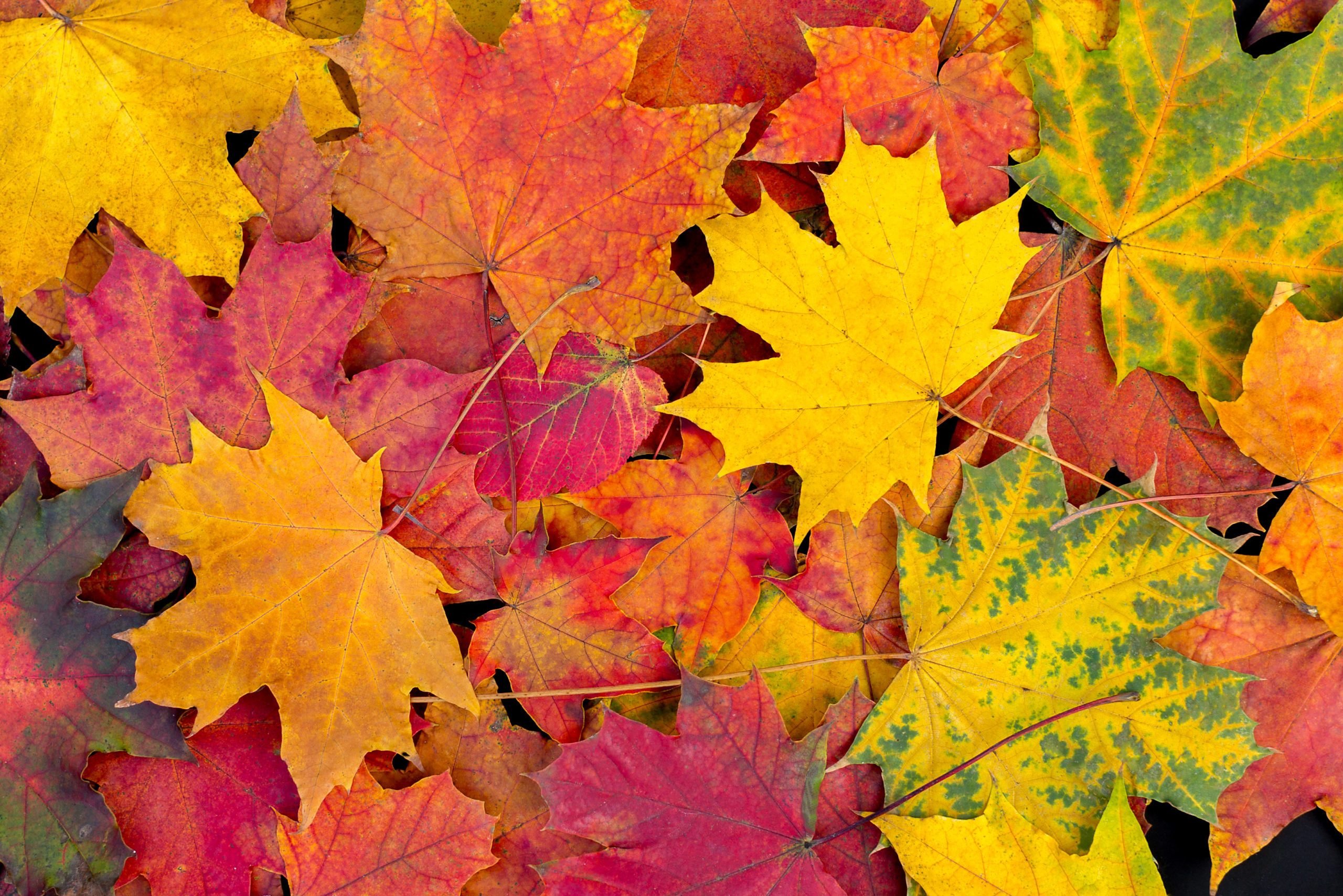
Spring is getting close to fully arriving at my spot on the Burlington Bike Path. When I visited for my last time this semester, it was around 50 degrees and sunny, which made it feel fully like spring. When I got there, I noticed bits of green popping up all around. Mainly, the Boxelder trees had green leaf buds and little fuzzy flower-like shoots coming out from the leafy areas. The American Elm trees had super tiny leaves emerging from some of the buds, and the Virginia Creeper on the fence to my left had some tiny leaf sprouts as well. The barberry on the ground was in full bloom with leaves covering all the branches. The river was also noticeably fuller than the last time I visited, due to the rain and snowmelt. Other than those phenological changes, my place has stayed relatively the same since when I first visited.

Some landmarks that I have grown familiar with are the bridge itself. Each time I visit my spot or run past it, I can feel the bridge moving under my weight. The Virginia creeper is also a landmark that helps me understand the passage of time at my spot. It grows quite fast, so each time I visit I check on it to see how much it has changed.
Culture and nature intertwine here through the means of recreation. I pass my spot quite frequently when I go for runs, so I’ve grown accustomed to visiting it for both school and personal reasons. A lot of people commute on the bike path, walk their dogs and run. Here, people connect with nature while being active. I’ve learned a big part of Vermont culture includes outdoor activity in nature, and the Burlington bike path is a great example of how the two intersect.
Because I end up passing my spot a lot, I do consider myself a part of this place. It feels nice to have spent time sitting on the bench there, observing the nature around me as the seasons change, while I also experience change throughout my first year of college. It feels like a familiar place I can come back to or run to. One of my classes last semester, nature and belonging, taught me about sit spots for meditation and feeling connected with the land around me, so this phenology site also ended up being a type of sit spot for me where I could sit and observe the land and feel connected.







 Keep Vermont Cool Sticker 🙂
Keep Vermont Cool Sticker 🙂















